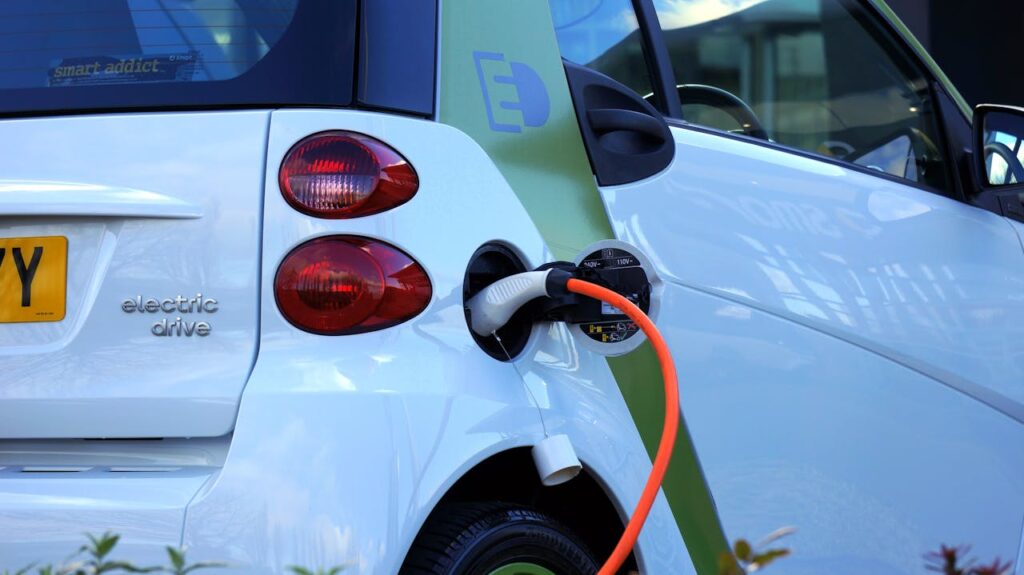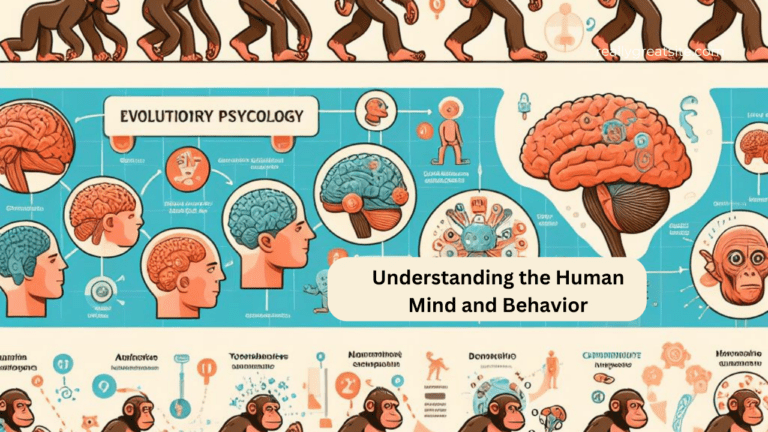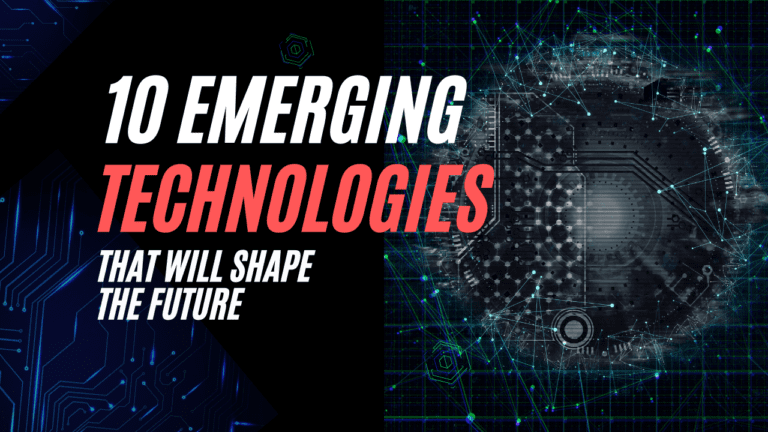6 Battery Technology Breakthroughs Powering the EV Revolution

The electric vehicle (EV) revolution is accelerating, with almost every major automaker now offering electric models. However, factors like range anxiety and long charging times still prevent wider adoption. This is where breakthroughs in battery technology come into play, with several key innovations promising to alleviate these pain points and further speed up the transition to EVs.
Lower Cost LFP Batteries
Lithium-ion batteries have long been the standard for powering EVs. But as batteries grow larger to enable longer ranges, they become very expensive. Lithium-iron-phosphate (LFP) batteries are changing this equation. With no expensive nickel or cobalt, LFP chemistry allows for much cheaper batteries capable of fast charging. EV makers like BYD and Tesla now use LFP batteries extensively, passing significant cost savings to consumers. Over 50% of EVs are expected to leverage LFP batteries by 2030.
Higher Density Solid-State Battery
Solid-state batteries (SSBs) are even more revolutionary, replacing the standard liquid electrolyte with a solid alternative. This enables major improvements in energy density within a smaller, lighter package. Since solid electrolytes are not flammable, SSBs also promise better safety. Multiple automakers already have SSB prototypes, with commercial production expected by 2025. 300+ mile ranges in compact EVs will become common with SSBs.
Extreme Fast Charging
Extreme fast charging (XFC) is another game changer being pioneered. StoreDot, an Israeli startup, has showcased prototype XFC batteries that can add 62 miles of range in just 5 minutes. By utilizing advances like silicon anodes and chemical additives, XFC may soon allow EV owners to “fill up” their batteries much like gassing up a conventional car.
Smart Charging Infrastructure
Innovations in charging infrastructure also play a vital role. From 350kW fast chargers to vehicle-to-grid capabilities allowing EVs to supply power back to the electrical grid, smart charging solutions will enable EVs to integrate seamlessly into daily life. Self-driving EV concepts even envision automated battery swapping to remove range constraints altogether.
AI and Quantum Computing
AI and quantum computing are also speeding up discoveries of better battery chemistries. By quickly screening millions of chemical combinations and modeling interactions at the atomic level, these technologies help researchers radically accelerate the development of better batteries.
The Virtuous Cycle
As production scales up further, costs decline thanks to improving manufacturing efficiencies and economies of scale. This drives more adoption, which spurs more innovation, perpetuating the cycle. Each new EV sold helps catalyze the trends powering the EV revolution.
Conclusion
With rapid advances across the board, from chemistries to charging to computation, the barriers to mass EV adoption are disappearing quickly. As transformational batteries offering 2-3X capacity, faster charging, longer ranges, better safety and lower costs emerge, consumer appetite for EVs will skyrocket. The 2020s are sure to be the decade electric vehicles transition from early adopters to mainstream dominance. Underscoring it all are battery innovations offering serious momentum to power the EV revolution for years to come.
Read More:






